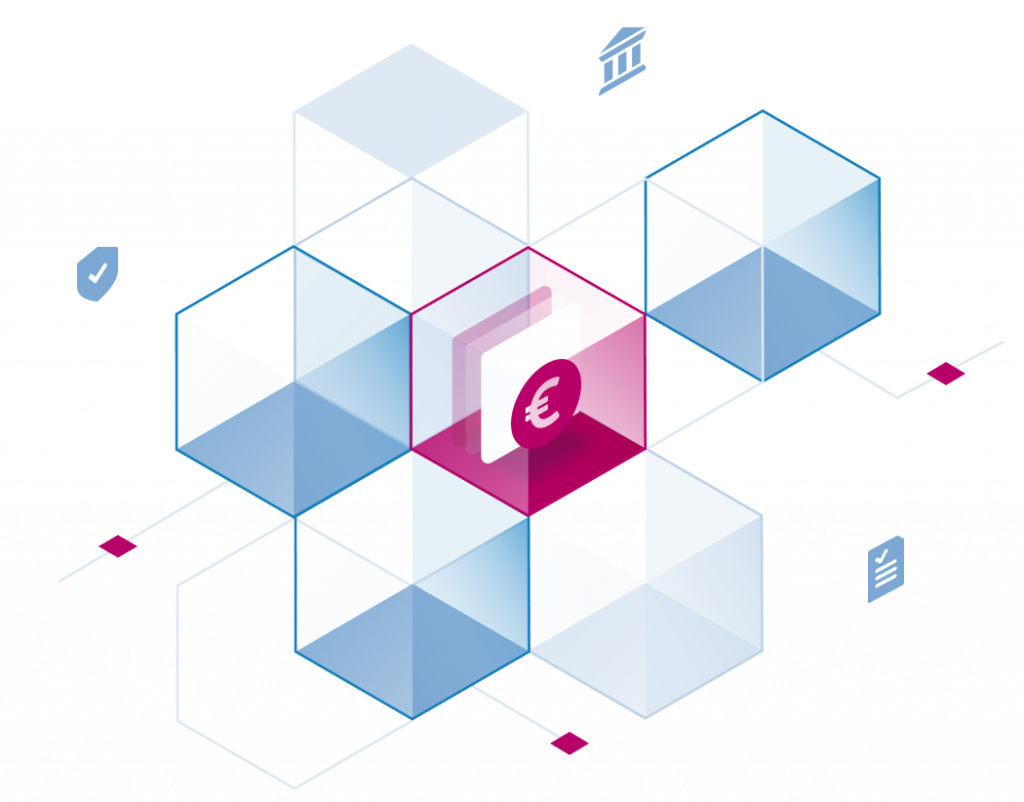It’s one piece of news that hasn’t gotten much public attention but which – if you’re affected by it – will have a great impact on you: What was announced by Cloudera with little fanfare in the autumn of 2020 means great disruption for a lot of users of their products and services. As of February 5, 2021 Cloudera has placed all their software repositories behind a paywall, including all versions that were previously free to use. From now on only paying customers have access to their distribution.
We announced last year that, beginning November 2019, all new releases, including version updates and maintenance releases of current software, would only be accessible via the paywall. This access is granted with a valid Cloudera subscription and requires the use of specific credentials.(Cloudera, October 2020)
Founded in 2008, Cloudera, distributor of Software from the Apache Hadoop ecosystem, has been inextricably linked to the success story that is Big Data. As the first company in this area, the Cloudera Distribution including Apache Hadoop (CDH) enjoyed steadily growing popularity – not least because of the freely available Express Edition, with which many business use cases could be implemented.
Already in 2019, only after the merger with Hortonworks, Cloudera, the last Hadoop distributor remaining on the market, announced extensive changes to the product portfolio and the license conditions, including the discontinuation of the free versions of the previous distributions (CDH and HDP).
Cloudera paywall: what does this mean for users?
The current changes to the Cloudera license model have far-reaching consequences for users of the software. For users of the Cloudera services they specifically mean:
- All Cloudera services – whether new or old versions – are now only available to users with an additional subscription.
- Adding new servers to an existing cluster may be problematic, unless a mirror of the Cloudera repositories was created in preparation for this step.
- Due to the restrictive license under which Cloudera has placed its downloads, it is not legally permissible to make downloaded packages available to other companies, as redistribution is forbidden.
- All of these are in addition to the changes which were announced and entered into force in 2019. Due to these changes users of the Express Edition haven’t received any updates for well over a year (this includes security updates).
Users who no longer have access to Cloudera packages have two options: Paying for a Cloudera subscription or switching to other services.
Many of these users have contacted us in the past weeks and months in their search for an alternative. We also see that many of our customers would like to continue to use Big Data software in their own data center, but not obstruct the path to the cloud. This hybrid requirement was at the center of our considerations when designing our solution.
Stackable: The basis for successful data platforms
Stackable is the result of a community of over 30 companies that set out in 2019 with the goal of working together to ensure the development of an alternative open source distribution for the big data ecosystem. Stackable allows data platforms to be set up and operated flexibly on the basis of the latest open source software (such as Apache Kafka, Apache Spark, Apache NiFi and many more).
- Expertise: Our founding team has over 10 years of experience in big data, cloud and open source environments. As Apache committers, contributors and consultants, we have learned over the years what data-driven companies expect from a modern distribution. This expertise is now being incorporated into the new Stackable platform.
- Flexibility: While our distribution keeps on evolving we’re leaving no one behind. Instead of regular “blanket” updates of all components, we enable customers to use exactly the version that makes sense for them for each individual component.
- Vendor lock-in: The heart of our product is the open source Stackable platform which is based on existing industry standards where possible. This is how we ensure that our customers can roll out and manage the software we support as simple as possible at any time.
- Security: Security is a top priority for many of our customers. We are aware of this responsibility and therefore make it easy to comprehensively and easily secure clusters.
- Infrastructure-as-Code (IaC): Complicated click instructions, screenshots of the user interface? No thanks! We rely on the Infrastructure as a Code approach!
- Integration: Seamless integration into the IT landscape of our customers: Instead of setting up additional silos or implementing additional solutions such as monitoring, we integrate
Stackable as an alternative to Cloudera?
Absolutely! Many companies are currently faced with the challenge of migrating a CDH 5/6 or HDP 2/3 installation – but migrate to what? With the Stackable platform we offer an alternative at just the right time.
With the Stackable platform we offer an alternative at just the right time. Want to know more about our plans? No problem! Join our next open call discussing the Q2 roadmap on the 26th of February at 11 CET. Please subscribe to our Newsletter to make sure that you don’t miss anything!


